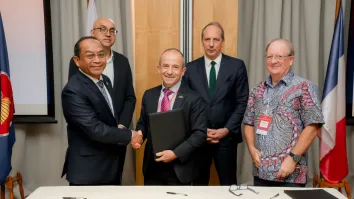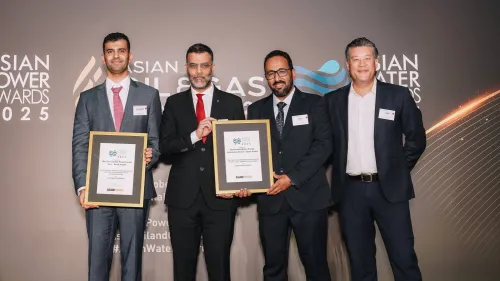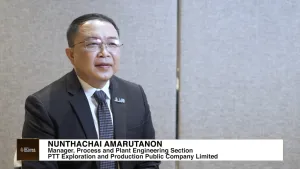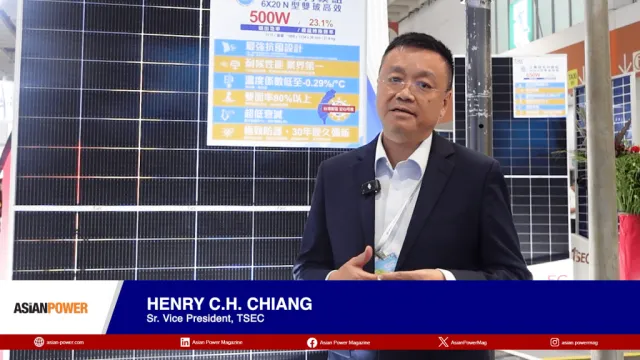What Asia should learn from Latin America about PV net metering
By Agostinho Miguel GarciaThe deployment of PV has seen a dramatic increase in the last decade and is poised to take over wind in this decade as wind reaches its “easy-to-reach” potential and solar is barely starting to penetrate the generation mix worldwide.
The Chinese manufacturers are to be thanked for the decrease in costs of PV modules making PV more and more affordable and surpassing the “grid parity” as a goal. PV is about to become a domestic appliance as so many others!
Asia has followed the lessons of the European Union and North America by either going into Feed-in-tariffs (FiT) or by negotiating Power Purchase Agreements (PPA) with utilities and deploying MW size plants.
India pioneered the reverse bidding auctions for FiT while few are pursuing the PPA route and even less are going into tenders for turnkey projects.
Latin America may also be of interest for Asian policy makers, since it is a region of explosive growth and with a young population seeking opportunities and also becoming more environmentally aware of the consequences of the climate changes and the warming of our planet due to greenhouse emissions.
LatAm has 3 leading countries ins olar: Brazil, Chile and Mexico. Brazil and Mexico account for more than 300 million persons and growing fast. Brazil is the 5th largest economy in the world while Mexico is the sixth-largest oil producer in the world. Chile is the most prosperous country in Latin America.
Brazil and Mexico have started the net metering scheme for PV deployment in the domestic, industrial and commercial sectors. This scheme allows for a separate account of electricity generated being maintained by the user allowing the offsetting of the consumed electricity by that value.
There is no extra payment, no special tariff, just the right to inject power in the grid an offset the electricity consumed from the grid. Any excesses will not be paid and there is a balance that is kept during a certain period of time (12 months for Mexico and 36 months for Brazil).
Such net metering schemes have limitations on power deployment of solar systems and are naturally capped by the extra electricity not being remunerated. Brazil has seen a very big interest in such scheme by users that did not have total grid availability and also due to the increasing price of electricity.
In Mexico a similar situation exists and due to the stratified nature of the electricity tariffs in the country due to the different climates there is a market niche for those that consume more and are billed extremely high especially for peak consumption associated with air conditioners, which are totally aligned with peak generations from solar systems.
The net metering scheme does not require any investment from the government and may even decrease pressures for further generation deployment in the countries by providing a decentralized generation and at the same time makes solar a possibility for all users and not only for large projects.
Mexico has seen more than 5 MW (according to CFE) being deployed in such way from almost no KW in 2007 and the interest for PV is growing up to the State level, which are interested in deploying larger projects in their own public buildings.
The tendency is to grow to the hundreds of MW. The decreasing costs have further fostered the interest on PV.
Brazil has also implemented some incentives for taxes rebates on solar systems and is committed to have solar in the energy mix of the country and since April 2012 when the new law was passed 7,5 MW are installed (according to ANEEL) and it is set to grow also ten fold or more with the potential to become an intenational player due to the reserves of Silicium.
Chile on the other hand is not pursuing the net metering and due to the non monopoly of the electricity generation has followed the PPA path and big projects have been announced as being under development for the largest users of the country: the mines.
In reality few projects are already connected to the grid and many of these large projects are not sure whether they will actually be implemented.
Some of these projects are in the Environmental Impact Assessment phase and represent more than 1000 MW of projects. India reached this value in the first phase of the National Solar Mission (NSM), but we are talking about very different realities and scale of investments.
While India can certainly afford to pursue the Fit scheme and the goals set in the NSM it is clear that other Asian nations should take a look at the Latin American countries for some lessons learned and implement net metering schemes to kick start the markets, develop the skills of local companies and boost the confidence on solar power.
Training courses are available and support for market development as well from development institutions and private sector. Start small and “walk step by step is better than start big and walk no step or ending up in an abyss” with terrible consequences for the nations and its citizens.
Net metering has been overlooked in Asia and it should be analysed by policy makers with already some lessons learned in Latin America.




















 Advertise
Advertise







